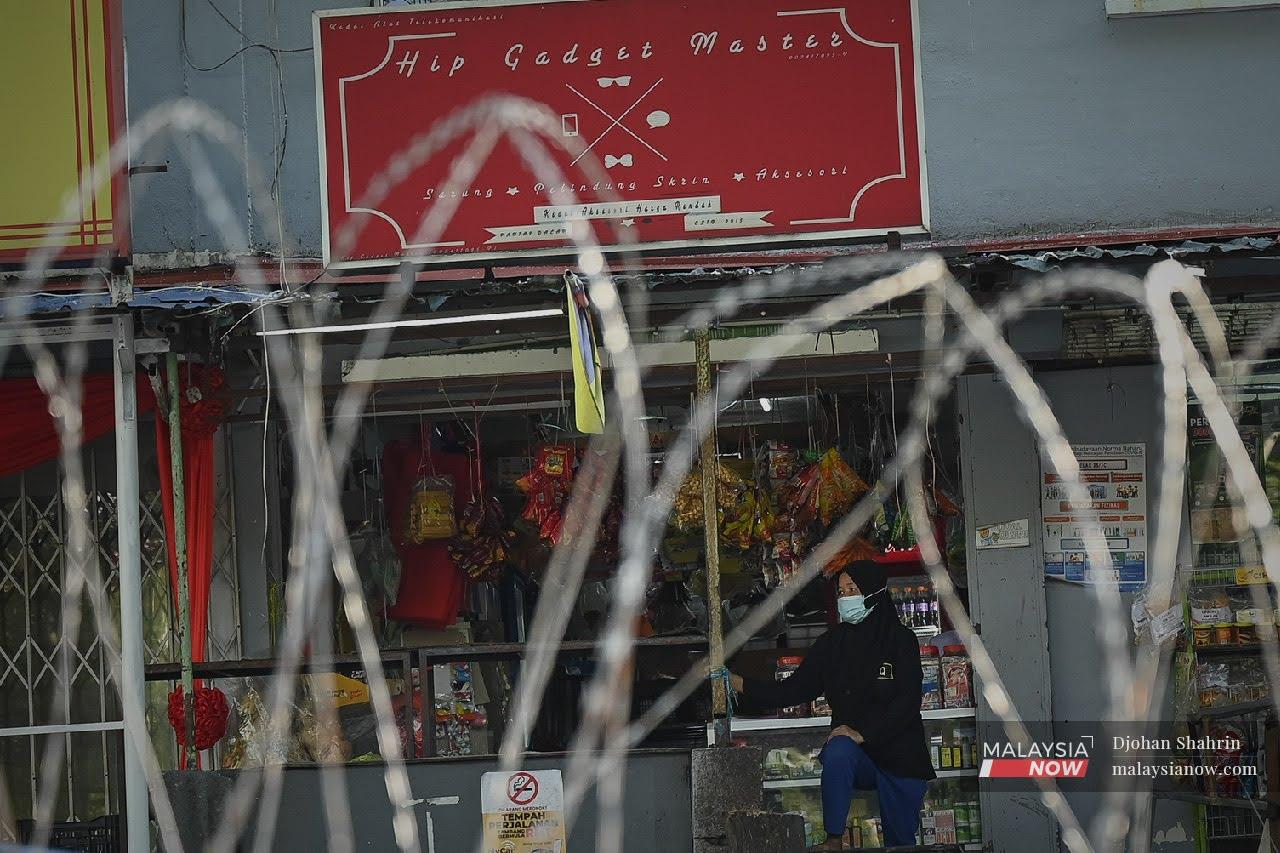Bracing for the economic fallout from the Klang Valley’s EMCO
The focus should be on picking up the Covid-19 vaccination pace and expediting our herd immunity target.
The government has just announced that most parts of Selangor and Kuala Lumpur will be under enhanced movement control order (EMCO) between July 3 and 16.
Social media is buzzing with criticism of the EMCO with several quarters blaming the “half-hearted” enforcement of SOPs for the high rate in Covid-19 cases, especially with certain sectors like manufacturing still allowed to operate.
Such arguments are simplistic and the data does not entirely support this. First of all, it is untrue that the manufacturing sector is a main contributor to the caseloads. Data from the National Crisis Preparedness and Response Centre (CPRC) shows that from the 507 coronavirus clusters detected in the country between June 1 and 23, only 195 were linked to the manufacturing sector.
The manufacturing sector contributed only 9.3%, or 12,872 cases from the total 138,649 detected by the health ministry during the same period.
Health director-general Dr Noor Hisham Abdullah had said that about 80% of the infections are sporadic. In other words the source of the infections cannot be determined.
The EMCO announced in the Klang Valley is meant to address these sporadic infections which make up the bulk of the cases, not the workplace clusters, which had seen a dip in their contributions to the national caseload since MCO 3.0 was enforced.
Regardless, the EMCO in the Klang Valley is set to worsen the economic impact on the people living there. As it is, the media has reported a rising number of suicides over the past year, presumably driven by despair over Covid-19. There was also a campaign for those in dire need of basic necessities to fly a white flag outside their homes, so that others can reach out to them.
One wonders how much more dire the situation will be now that EMCO is enforced in the heart of the country’s economic activity. How many more white flags do we want to see fluttering from the homes of the despairing? How do we explain this to the nasi campur seller whose shop serves assembly line workers who have been told to stop coming to work? How would the lorry driver who transports flour and rice earn a living if the demand for such items diminishes owing to some of his clients having to cease operations under a new SOP? What about those in the downstream business activities?
Sunway University economist Yeah Kim Leng was quoted as saying recently that “too much damage” has been inflicted on the economy, including companies folding, following the repeated MCOs.
Besides, even if this EMCO can bring down infection numbers, there’s no assurance they will stay that way once the restrictions are lifted. How long are we going to keep playing whack-the-mole?
What we need to focus on is picking up the Covid-19 vaccination pace and expediting our herd immunity target. The government is now immunising close to 300,000 people a day and is expected to hit 400,000 in August. There is light at the end of a long dark tunnel as far as the national immunisation plan is concerned.
While vaccines are not the silver bullet to help us get through this, experience in countries which have immunised a large percentage of their populations like the UK, Israel and Bahrain shows that it helps to bring back normalcy in ways that lockdowns cannot.
In the lives vs livelihoods tug-of-war, there’s no win-win solution. We are at war with an unseen enemy and in any war, there will be collateral damage. Our job is to contain the damage and ensure a swift victory.
The views expressed in this article are those of the author(s) and do not necessarily reflect the position of MalaysiaNow.
Subscribe to our newsletter
To be updated with all the latest news and analyses daily.
